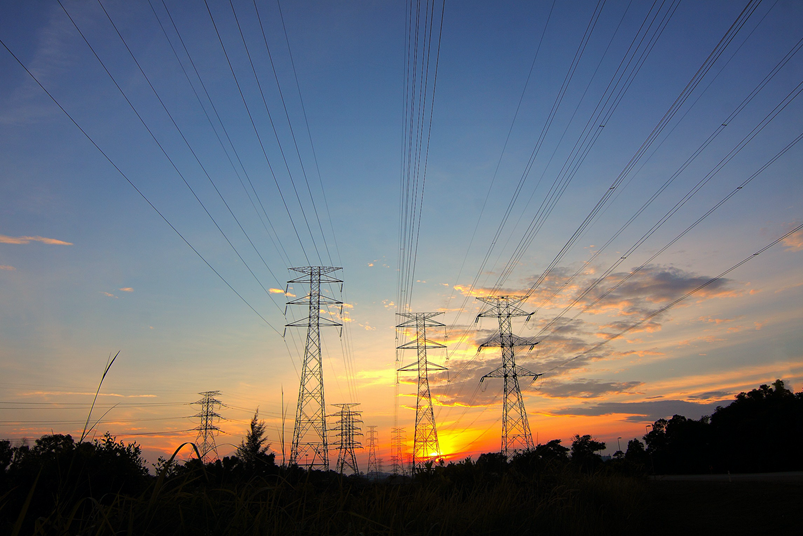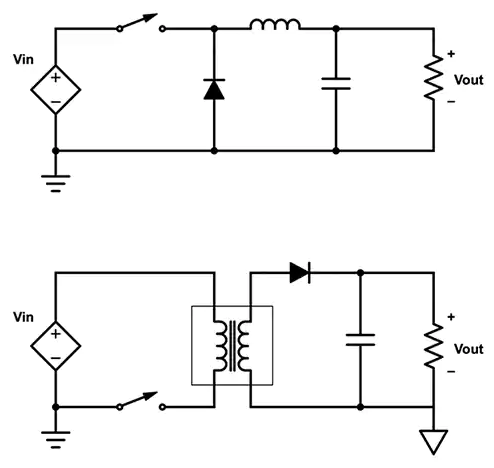خبریں
Building a 120 Volt AC Power Supply for 3 Volts DC
مصنف: زیڈ وائی جی پاور ماڈیول وقت: 2023-4-18
Introduction:
In this article, we will discuss how to build a 120-volt AC power supply for 3 volts DC. This process requires some basic knowledge of electronics and safety measures. We will provide step-by-step instructions to help guide you through the process.
Materials Required:
– Transformer (120V to 12V AC)
– Bridge rectifier
– Capacitor (1000uf, 16V)
– Voltage regulator (LM7803)
– Heat sink
– Wires
– Soldering iron and solder
– Wire stripper
– Pliers
– Safety glasses
Step 1: Safety Precautions
Before starting any electrical project, it is essential to take safety precautions to avoid electrical shocks or fires. Wear safety glasses to protect your eyes from soldering fumes. Ensure that the circuit is unplugged from the power source when assembling or testing.
Step 2: Assembling the Circuit
The first step in building a 120-volt AC power supply for 3 volts DC is assembling the circuit. This process involves connecting the transformer, bridge rectifier, capacitor, voltage regulator, and heat sink. Follow the wiring diagram to connect the components correctly.
Step 3: Wiring the Transformer
The transformer is the first component to connect. It converts 120 volts AC to 12 volts AC, which is then rectified to DC. Cut the wires of the transformer to the required length using a wire cutter. Strip the ends of the wires using a wire stripper to expose the copper strands. Connect the wires to the terminals of the transformer according to the wiring diagram.
Step 4: Wiring the Bridge Rectifier
The bridge rectifier is used to convert AC to DC. Connect the bridge rectifier to the transformer using the wires provided. Ensure that the polarity is correct by following the wiring diagram.
Step 5: Wiring the Capacitor
The capacitor is used to smooth out the DC voltage, reducing any ripples or fluctuations. Connect the capacitor to the bridge rectifier using the wires provided. Ensure that the polarity is correct by following the wiring diagram.
Step 6: Wiring the Voltage Regulator
The voltage regulator is used to regulate the voltage to 3 volts DC. Connect the voltage regulator to the capacitor using the wires provided. Ensure that the polarity is correct by following the wiring diagram.

Step 7: Installing the Heat Sink
The voltage regulator generates heat during operation. Installing a heat sink helps to dissipate the heat away from the regulator, preventing damage. Attach the heat sink to the voltage regulator using screws or thermal glue.
Step 8: Testing the Circuit
Before powering the circuit, it\’s essential to check for any wiring errors or shorts. Use a multimeter to test the circuit\’s continuity and resistance. Once you\’re satisfied, plug in the circuit to a 120-volt AC power source and check the output voltage using a multimeter. The output voltage should be 3 volts DC.
Conclusion:
Building a 120-volt AC power supply for 3 volts DC requires some basic electronics knowledge and safety measures. Follow the wiring diagram and steps provided to assemble the circuit correctly. Test the circuit for any errors or shorts before plugging it into a power source. Once you satisfied, you should have a functioning power supply that produces 3 volts DC.
متعلقہ معلومات
-
2023-8-9
Introducing the SF Series: AC DC Power Supply for Reliable and Efficient Power Delivery
In today's technologically advanced world, a reliable and efficient power supply is crucial for the smooth operation of various devices and systems. Whether it is powering industrial machinery, medical equipment, or computer systems, a stable and high-quality power source is essential. This is where the SF Series AC DC Power Supply comes into play. The SF Series AC DC Power Supply is a cutting-edge solution that has been designed to meet the diverse needs of different industries. With its advanced features and superior performance, this power supply ensures reliable and efficient power delivery, ensuring uninterrupted operations even in the most demanding environments. One of the key features of the SF Series AC DC Power Supply is its versatility. It offers...
تفصیلات دیکھیں -
2023-6-19
Medical Power Series: Empowering Healthcare Professionals with Knowledge and Skills
The field of medicine is constantly evolving, with new technologies, research, and discoveries being made every day. As healthcare professionals, it is crucial that we stay up-to-date with the latest knowledge and skills to provide the best care possible for our patients. This is where the concept of the medical power series comes in. What is the medical power series? The medical power series is a set of educational materials designed to empower healthcare professionals with the knowledge and skills they need to provide the best care for their patients. The series includes a range of resources, including online courses, webinars, and workshops. The aim of the medical power series is to provide healthcare professionals with the tools they need...
تفصیلات دیکھیں -
2023-8-25
Introduction: A reliable and efficient power supply is crucial for the proper functioning of various electronic devices. Whether it is a computer, a smartphone, or a home appliance, these devices heavily rely on a stable and continuous power source. The AC DC power supply module has emerged as the perfect solution for delivering power efficiently and reliably. In this article, we will explore the benefits and applications of this power supply module. What is an AC DC Power Supply Module? An AC DC power supply module is a device that converts alternating current (AC) into direct current (DC). It is commonly used to power electronic devices that require a steady and regulated DC voltage. The module consists of several components,...
تفصیلات دیکھیں -
2023-8-8
High quality Medical Power Series: Empowering Healthcare through Innovation and Excellence
Introduction: The healthcare industry has seen significant advancements in recent years due to the relentless pursuit of innovation and excellence. Medical Power Series is an event that aims to showcase the latest breakthroughs in healthcare technology, encourage collaboration among industry professionals, and promote a culture of excellence in healthcare delivery. This article will explore the impact of this series on empowering healthcare through innovation and excellence. 1. Fostering Innovation: The Medical Power Series serves as a platform for healthcare professionals, researchers, and technology experts to come together and exchange ideas. Through panel discussions, keynote speeches, and interactive sessions, participants are encouraged to think creatively and push the boundaries of what is possible in healthcare. This event has been instrumental in...
تفصیلات دیکھیں -
2023-5-2
Industrial AC-DC Converter for Efficient Power Conversion
Industrial AC-DC converters are devices that convert alternating current (AC) to direct current (DC) for use in industrial applications. They are designed to provide efficient power conversion, enabling industrial equipment to operate reliably and efficiently. These converters are typically used in industrial processes such as manufacturing, automation and control systems, and power distribution systems. The primary function of an AC-DC converter is to convert the voltage and frequency of incoming AC power to the appropriate DC voltage required by the equipment. This requires a complex circuitry that includes a rectifier, filter, and voltage regulator. The rectifier converts the AC voltage to DC while the filter smoothes out the output voltage, and the voltage regulator ensures the output voltage is maintained...
تفصیلات دیکھیں -
2023-6-25
Medical Power Series: Empowering Healthcare Professionals and Patients for Better Health
The healthcare industry has seen significant advancements in recent years, thanks to the use of technology. With the introduction of wearables, telemedicine, and electronic health records, healthcare professionals can now provide better care to patients. However, with these advancements come challenges, such as data privacy and security concerns, lack of standardization, and limited access to healthcare in some areas. To overcome these challenges and ensure that healthcare professionals and patients have access to the tools they need, medical power series have been developed. Medical power series, also known as medical grade computers, are designed specifically for the healthcare industry. These devices are built with features that are necessary for healthcare professionals to provide quality care to their patients. They are...
تفصیلات دیکھیں


















